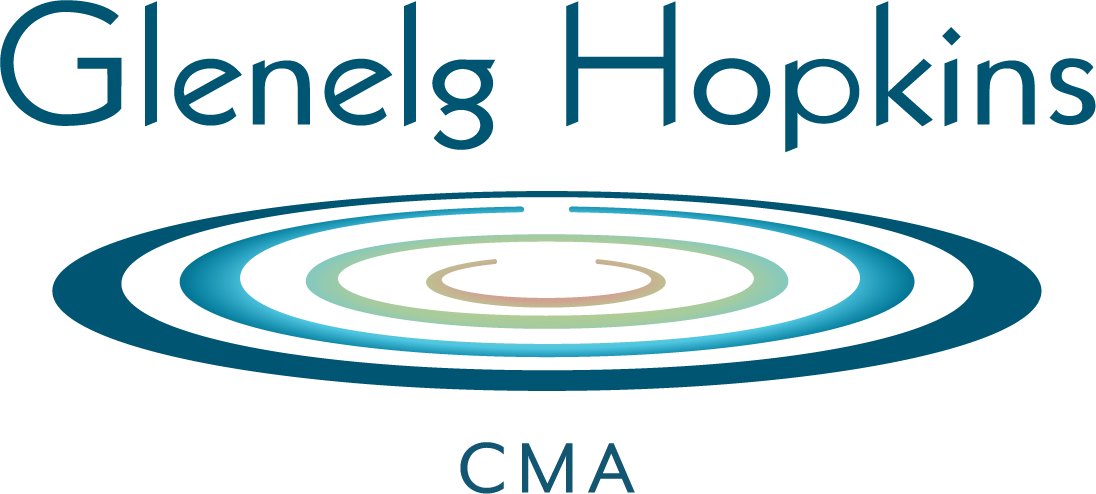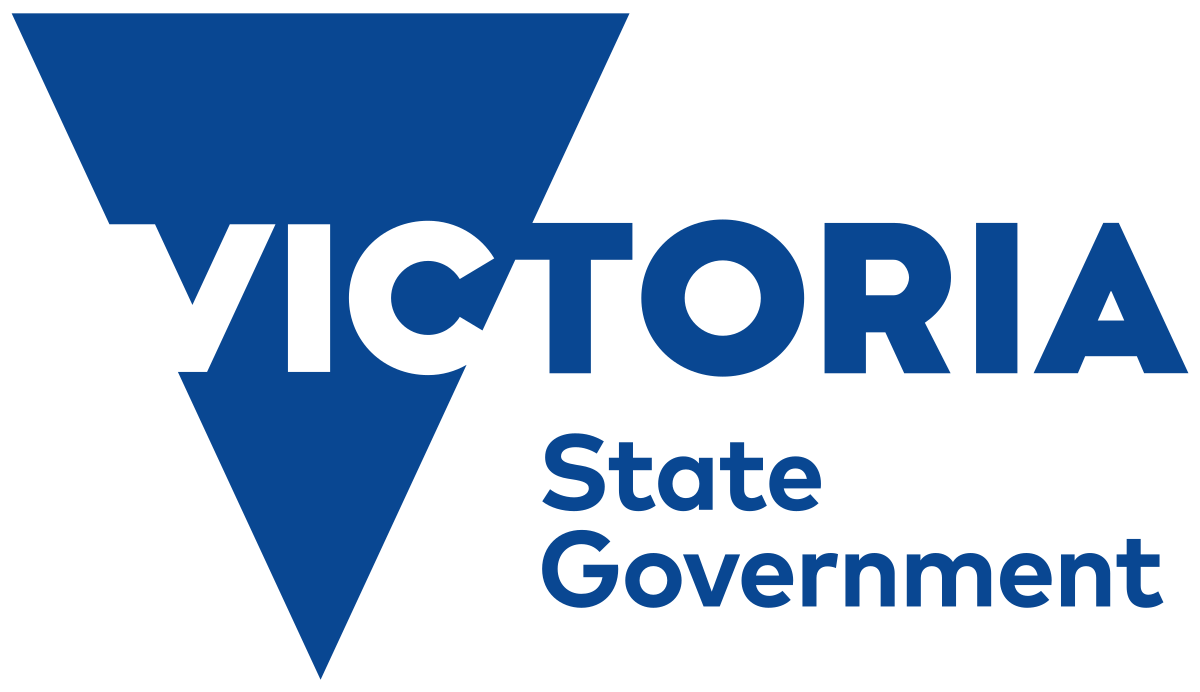Hopkins Wetlands Restoration Project
Wetlands are a distinctive part of the Victorian landscape. They provide habitat for a unique suite of flora and fauna, act as sediment traps, filter nutrients from catchments and provide recreational opportunities for people.
They are areas of land where water covers the soil – some all year and others just at certain times of the year. They can be natural or artificial. They have great diversity and attract a range of wildlife, and include swamps, marshes, billabongs, lakes, lagoons, saltmarshes and mudflats.
The Glenelg Hopkins catchment has more than 7,600 wetlands covering 117,000 ha (or 4 per cent) of the region’s area. This represents 22 per cent of Victoria’s total number of wetlands.
This project is part of the Hopkins Works Program and focuses on protection of wetlands in the upper catchment. Funding has assisted landholders to fence their wetlands and allow for managed grazing where required.
The development of a communication and engagement strategy in 2019 assisted in delivering key messages to stakeholders about protecting wetlands and reducing their potential loss due to drainage and cropping.
In 2018-19 there were 3 sites protecting over 130ha, over 7km of fencing was established and a fox control program was undertaken at one of the sites. Year 2 saw the completion of 5 project sites protecting over 87ha, over 4km of fencing undertaken, and the reinstatement of water to 2 wetlands near Beaufort in the upper catchment, both of which filled in 2020.
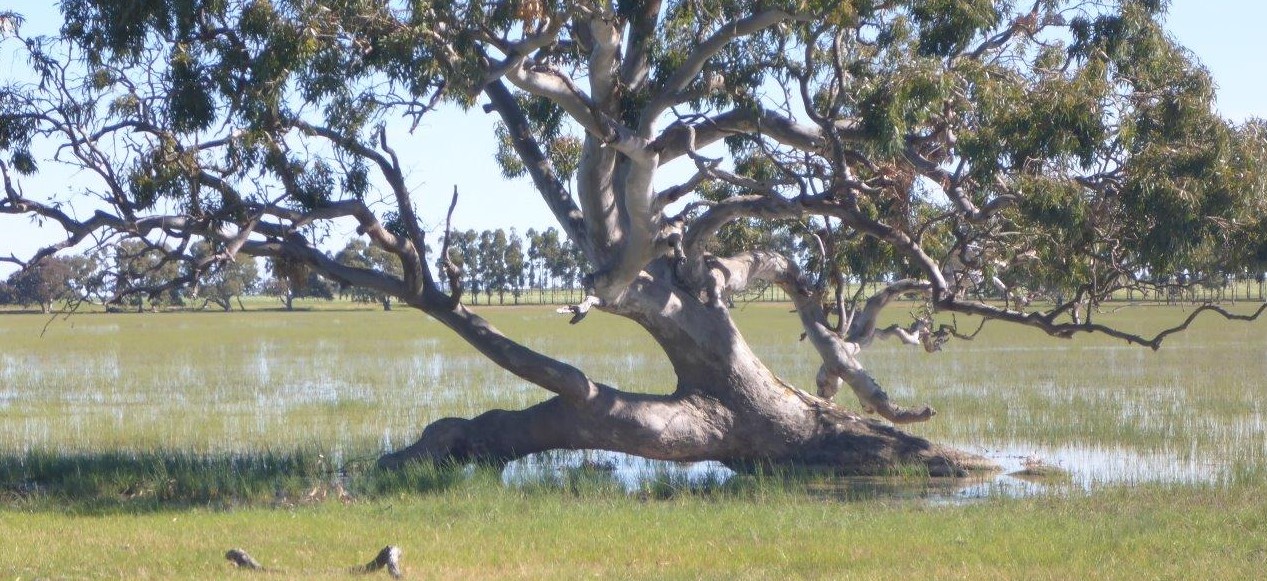 Sweet Grass wetland near Beaufort
Sweet Grass wetland near Beaufort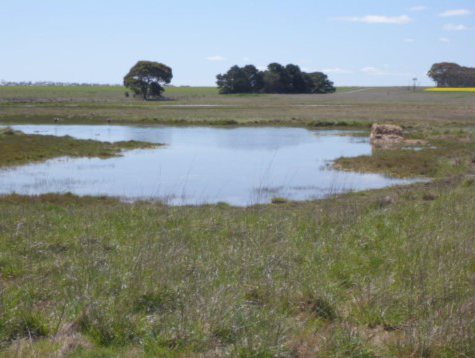
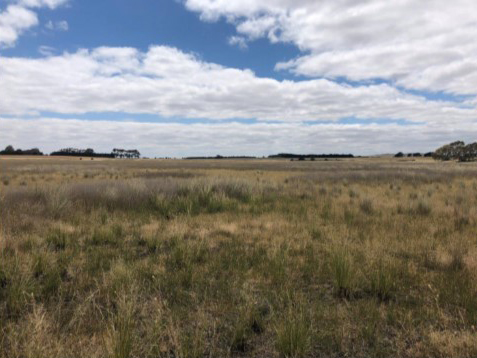
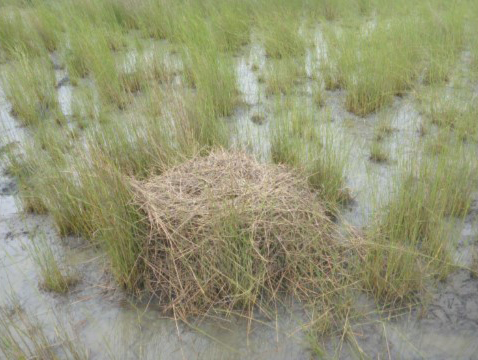
Find out more
- Fact sheets – A series of fact sheets have been developed as part of this project to assist landholders to understand what wetlands are and their importance in the landscape.
- Field booklets – a range of field booklets to understand the plants and animals dependent on wetlands has been developed.
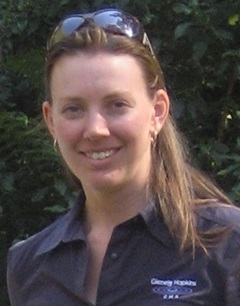
Tania Parker
Senior Field Services Officer
Contact
Project Partners
This project is supported by Glenelg Hopkins CMA and landholders through funding from the Victorian Government.
